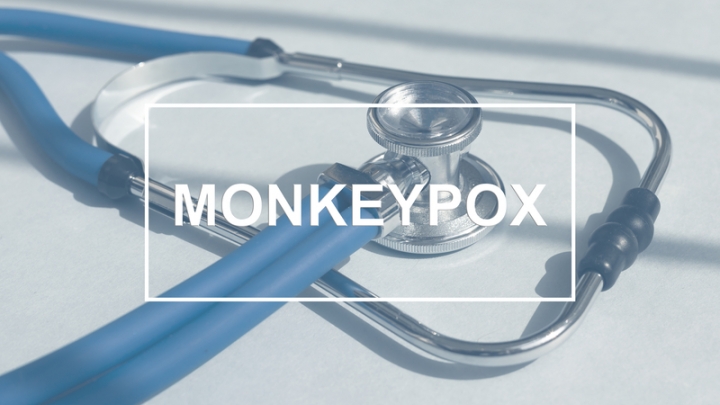(RxWiki News) The US Department of Health and Human Services declares monkeypox a public health emergency.
The cases continue to rise across the country. As of the time of publication, there are 9,491 reported cases of monkeypox in the United States.
With this rise, the country's administration is working on new strategies that can help bring more vaccines to affected communities.
What we know: Monkeypox is similar to smallpox. Although monkeypox and smallpox symptoms are similar, monkeypox symptoms are milder.
Symptoms include:
- Fever and chills
- Headache
- Muscle aches including backache
- Swollen lymph nodes
- Fatigue
- Sore throat
- Nasal congestion
- Cough
- Rash that may look like pimples or blisters. The rash can appear on the face, inside the mouth, hands, feet, chest or genitals.
As part of the administration's efforts, the US Food and Drug Administration (FDA) authorizes emergency use of Jynneos vaccine. For more information, read New Route for Monkeypox Vaccine Gets Green Light.
In summary, for those who are 18 years and older and considered to be at high risk for monkeypox infection, this new authorization allows healthcare providers to inject Jynneos intradermally (in between layers of the skin).
This new authorization is expected to increase the total available vaccine doses up to five-fold. This is because the new route allows for a fraction (one fifth) of the Jynneos vaccine to be injected. In other words, this allows health care providers to use the vaccine from one vial of Jynneos to vaccinate five people.
Furthermore, the U.S. Department of Health and Human Services’ (HHS) is working on making a total of 1.1 million vials of Jynneos.
Currently, the Jynneos vaccine is only available through the federal government's National Strategic Stockpile.
If you have been exposed to a suspected or confirmed monkeypox case, it is recommended you work directly with your health department and healthcare provider to discuss getting the Jynneos vaccine.







